Have you seen The Story of Stuff yet? What about The Story of Cosmetics? I intended this post to take a look at both of these short films that were put out to educate the public (albeit in a very simplistic kind of way). I really wanted to look into the call to action that The Story of Cosmetics suggests: legislation that will regulate the cosmetics industry via The Safe Cosmetics Act of 2010.
I really have issues with many of the chemicals found in our personal care products from baby shampoo to mascara, although I am uncertain that this new legislation is going to accomplish the ultimate goal of keeping harmful chemicals away from our bodies, particularly when we use so many every day. Count how many personal care products you use on a daily basis…
But as I was looking into The Story of Stuff and The Story of Cosmetics further, I happened upon a series of videos supposedly “debunking” the originals. Plus the comments. Every time I get sucked into comments, on many topics not just this one, it truly makes me angry. I am sure that is in no small part because I feel powerless in the face of so much ignorance, hate, and misinformation. People can say horrible, awful things when hiding behind a computer, especially when they don’t have a sound argument:
I get that whenever you put something out there that takes a hard stance, you are bound to get detractors. Particularly when the call to action is more regulation. People tend to dislike and distrust regulation until or unless it personally helps them in some way.
But what I don’t understand is… why would someone choose to listen to a guy that doesn’t provide much, if any, solid information to back up his claims that what Annie Leonard is telling us is wrong and in fact, makes errors and only shows his extreme bias?
Of course you don’t want to think that what you may be buying is harming you, your family, or others. But, I don’t understand the extreme defensiveness of the big companies that make these products and being so upset about your right to be able to buy them. They are hurting people. They are hurting children. They are hurting our quality of life, not making it better.
Chemicals in personal care products have been linked to cancer, particularly reproductive cancers; genital defects in baby boys (hypospadias for one); infertility; ADHD; type 2 diabetes; obesity; heart disease; skin, lung, and eye irritations; hormone disruption manifesting in reductions in male fertility, female reproductive diseases (endometriosis for one), earlier puberty, and declines in the numbers of males born; and thyroid disfunction.
Do you know anyone with one or more of these? Can we know for certain if exposure to chemicals in personal care products were the sole cause? No. Do we need more evidence-based, peer-reviewed research? Yes. Do I believe that we need to pay more attention to what we put in and on our bodies in an effort to reduce the numbers of those affected by these chemicals? Absolutely.
Of course you don’t want to think that we might run out of landfills (at least ones far enough away from our homes that we don’t have to think much of them), that our reliance on third world labor might not be the best thing that ever happened to them, and that the products we eat and put on our bodies might be harmful to our health.
Of course you might think that is a consumer choice issue. We all want to have choices and most people do not enjoy being told what to do and what to buy. One might argue that it is personal responsibility to choose what is best for ourselves and our families. But unless you are able to analyze ingredients, understand the chemical reactions within each product and with the other products you use, and can do a risk-benefit analysis every time you make a purchase, you need some reassurance that the products on the shelves are safe.
It reminds me of when I was listening to an interview with a mother whose child was greatly affected by Salmonella poisoning from a pre-packaged snack food. She was told that it was her responsibility to buy food that was safe. She shot back that Salmonella was not listed as an ingredient. Neither are some of the potentially harmful ingredients in cosmetics. I believed then, as I do now, that if the manufacturers are not ensuring their product’s safety, there has to be another way to do so.
I am not certain whether the precautionary regulations suggested are the right answer, but I do think products that are found to be harmful, should be recalled. As it stands, the FDA can only request a recall. The FDA also does not have the authority to make cosmetics companies test products for safety. Testing costs money, and I have seen the damage first hand with the unintended consequences of the CPSIA, but it can also save lives, and at the least our quality of life. Where is the right balance?
We have gone through this time and time again with products out on the market that later prove to be harmful to humans, the environment, and both. Thalidomide, Diethylstilbestrol (DES), dichlorodiphenyltrichloroethane (DDT), asbestos, mercury, lead, cigarette smoking, and now Bisphenol A (BPA) are examples of something that was once thought to be safe and were later proven to be dangerous for our health and the health of our environment.
When will we learn?
I am not going to spend a lot of time critiquing the critique. Here is what I do know…
– It is a lot easier to listen to someone telling you what you want hear than to figure out what is right on your own.
– I don’t know everything, but that doesn’t mean I don’t try to find the answers to my questions. Oh, yeah and asking questions is a good thing.
– That products sold on shelves should be safe and while consumers have responsibility in this, so do manufacturers.
– This is not a matter of politics. Quit making it one.
– The Environmental Working Group (EWG) does great work, but it is not the end all be all. Use it as a starting point to make your own decisions.
– Everyone is different. Everyone reacts differently to different things at different times. Just because you are fine, doesn’t mean everyone is and certainly doesn’t mean something is safe.
– Things have changed since you and your parents and most definitely your grandparents were growing up. You did not live through this exact same environment. Just because you, your parents, or your grandparents did something doesn’t make it right.
– I will continue to research and push for education of what exactly is in all the products we consume, where ingredients come from, and worker’s rights and safety.
Here’s what I would love more people to do…
watch this:
read this:
and learn more, all with an open mind. Talk about it in a rational way. Then figure out what the solutions might be because I know that the status quo is not working.
What do you think?

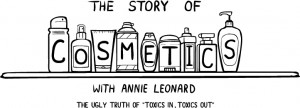
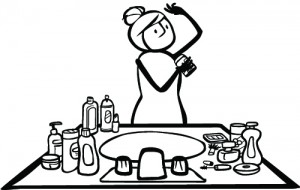
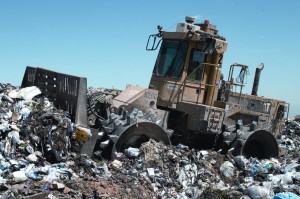
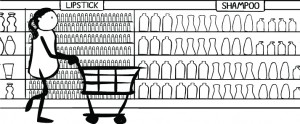
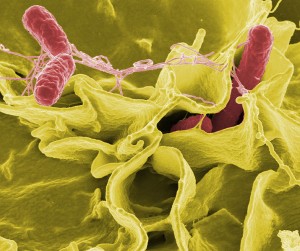
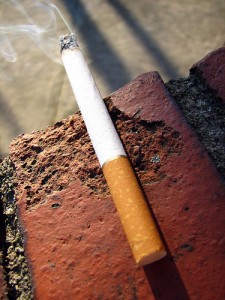
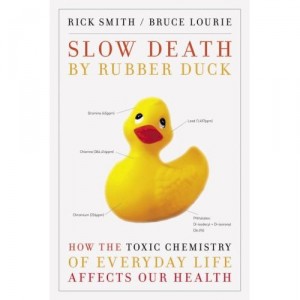
Pingback: Endocrine Disruption, why should we care? |
Pingback: National Geographic Kids "Human Footprint" Book Review and Giveaway |
Pingback: The Safe Chemicals Act of 2011 for chemical safety reform |